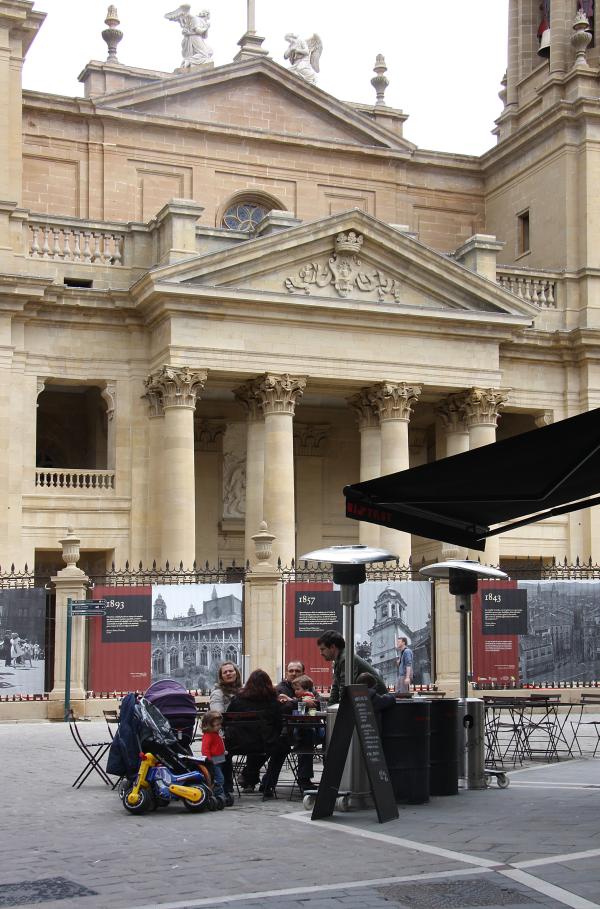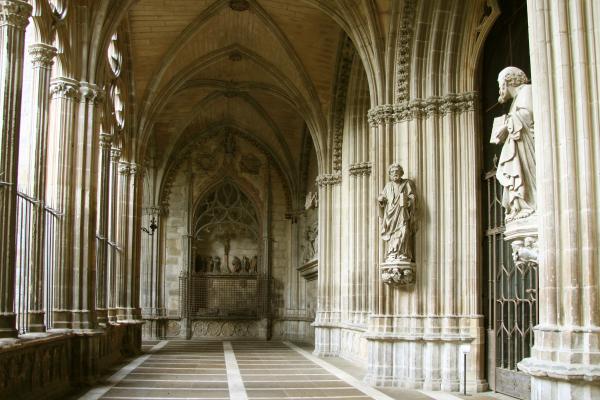Planning a getaway? If so, this is the place for you! Here you will find every last bit of information you need to make your trip to Pamplona one to remember.
Cultural visits: knowledge doesn’t take up any room in your suitcase and it is well worth having. A well-tended historical city centre that is a sight to behold. Picture perfect green zones and gardens. Pintxo bars with truly outstanding culinary delights. Cultural atmosphere, the hustle and bustle of the Way of St James, traditional local commerce...
And there's more: a walled complex with a Renascence citadel that is the envy of all others; internationally renowned local festivities; and quality of life you feel the instant you arrive in the city.
If you were planning on discovering Pamplona in just one day it will be no easy task, you will be left wishing for more than 24 hours. Pamplona is the ideal destination for a weekend visit, so you would be better off booking two or three days here.
There’s no denying it, the heart and soul of Pamplona will win you over. Now you will see why.
To summarise: Why visit Pamplona?
-
Historical heritage and green zones everywhere you look
-
Mouth-watering gastronomy and pintxos
-
Culture that will make your stay unforgettable
Tourist attractions in Pamplona
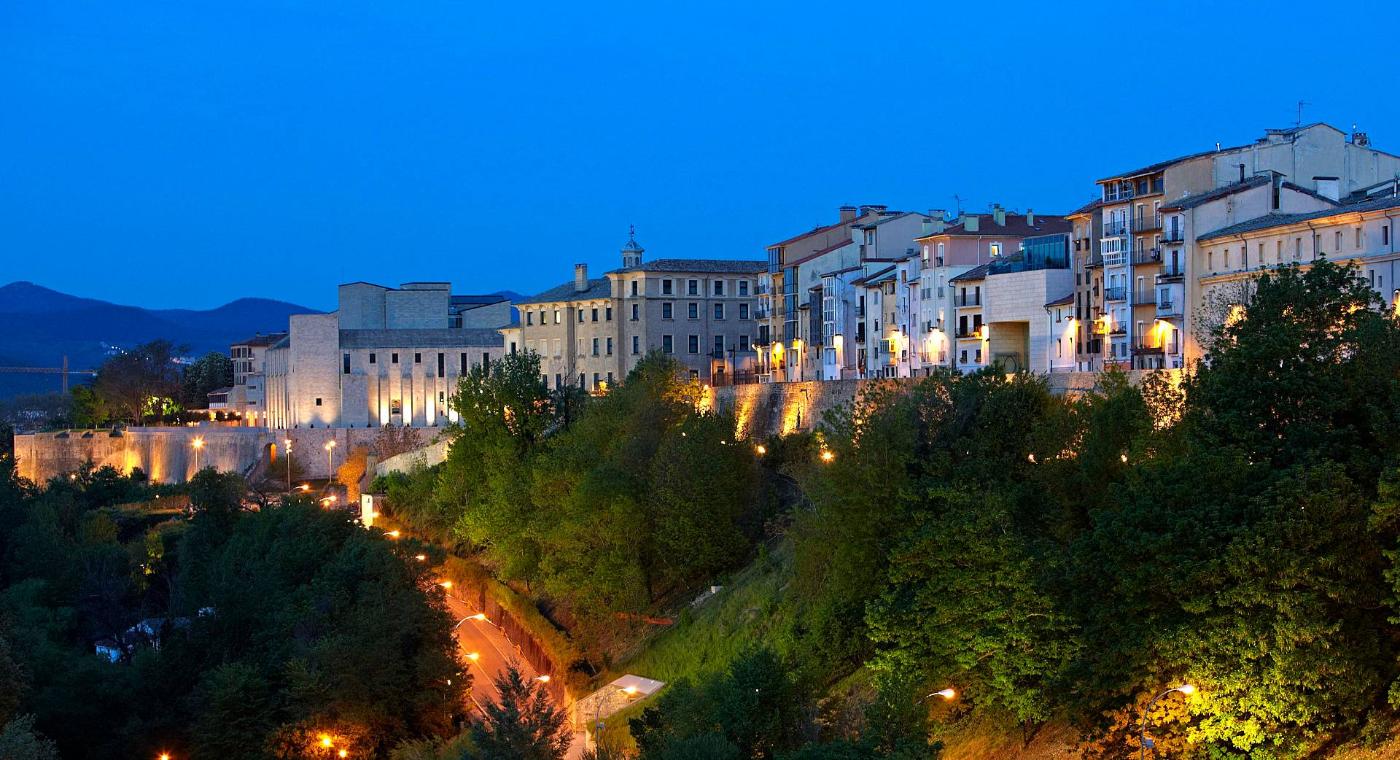
Where to start? The Historical City Centre
Let’s imagine you are already here. You are comfortably settled into one of the city’s hotels or apartments, and now all that is left is for you to step outside.
How about starting with a guided tour of the historical city centre? The old part of town, the historical city centre, or casco antiguo, as it is known here.
Open your eyes and listen carefully, then let yourself go... Simply feel how Pamplona buzzes as we tell you all its secrets. Sounds good, doesn’t it?
Ah, if you order a Pamplona Iruña Card, you can also enjoy discounts when visiting monuments, museums, on guided tours, shows, events, in bars and restaurants.
Places of interest in the medieval city
Pamplona’s historical city centre still retains its medieval past, which was formed by three boroughs: La Navarrería, San Cernin and the Población de San Nicolás, which following harsh battles, finally joined forces in 1423, when Charles III ruled the Privilege of the Union. The Pamplona City Hall is extremely central and constituted the nexus of union for these boroughs.
The Tourism Information Office is located in the Plaza del Ayuntamiento, and from here you can reach the most interesting tourist spots in just minutes: Gothic churches, the Museum of Navarre, the Royal Palace, the Way of St James-Ultreia Interpretation Centre, the Museum of the Violinist, Pablo Sarasate, or the Santo Domingo Market.
Not forgetting, of course, the cathedral, which is just a stone’s throw from here, though we will talk about that a little later.
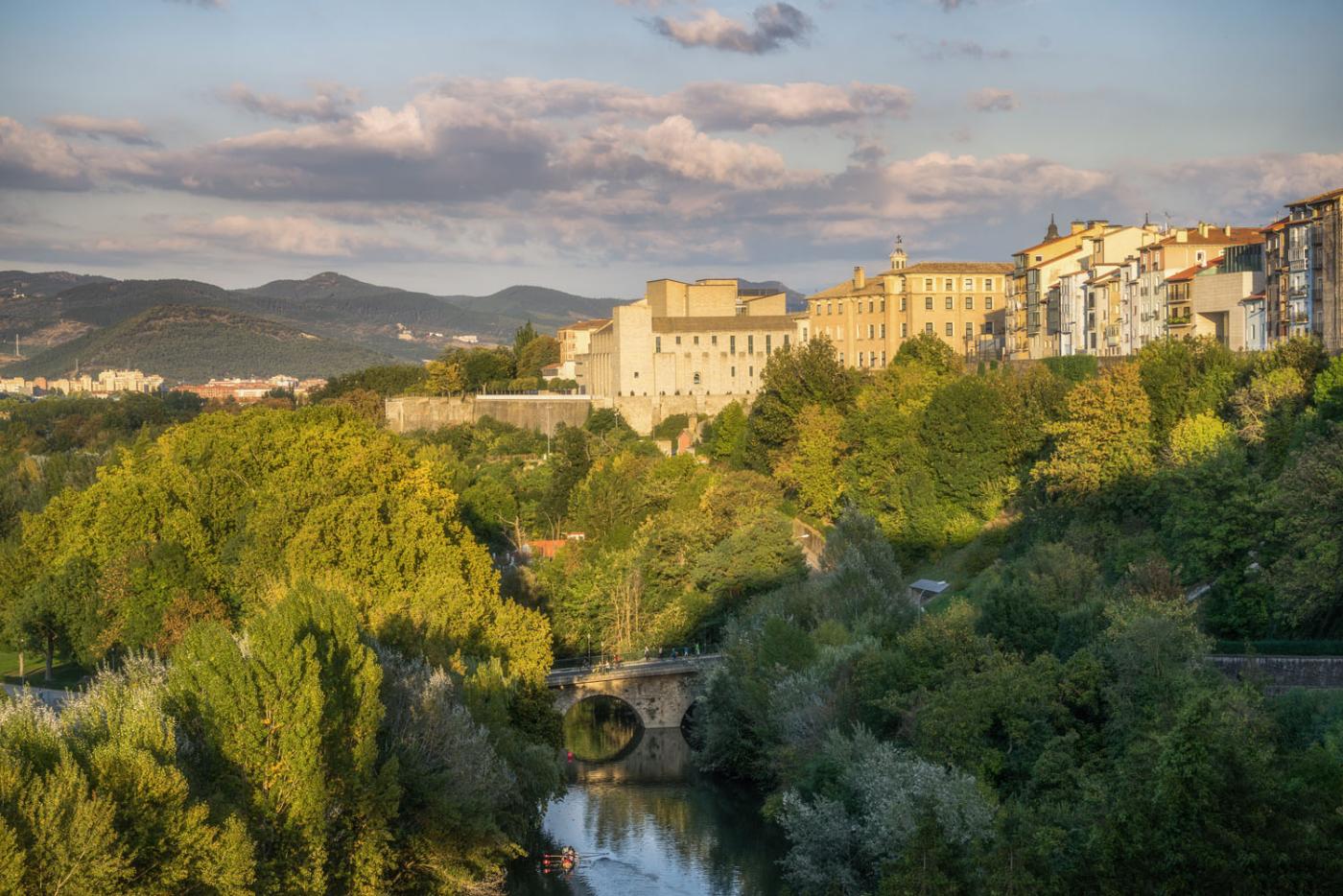
-
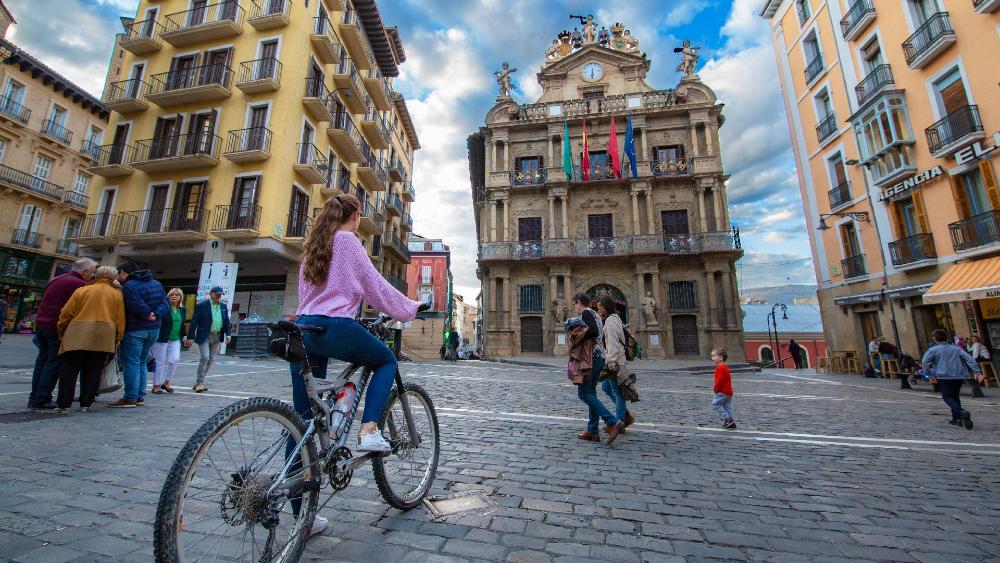
The most photographed
Pamplona City Hall
Possibly the most emblematic civil building in Pamplona. In the very heart of the city, its coloured Baroque façade is famous for being the place where the Chupinazo rocket is launched, marking the start of the San Fermín festivities each year.
The Plaza Consistorial where it stands is also highly deserving of a visit. Right in the heart of Pamplona’s historical city centre, bursting with life, shops and terraces, next to the market, and with a constant flow of locals and tourists.
-

Museum of Navarre
This four-storey building holds all the history of the Kingdom. The museum collection contains works from all historical stages: remains of Roman architecture, Romanesque capitals from the old Pamplona cathedral, medieval sculptures and gold work, and the monumental chest of Leyre, considered a showpiece of Islamic art.
You can see portraits by artists such as Francisco Goya in the painting section, as well as works by Jorge Oteiza. If you are passionate about art, this museum should be on your list.
More information about the museum -
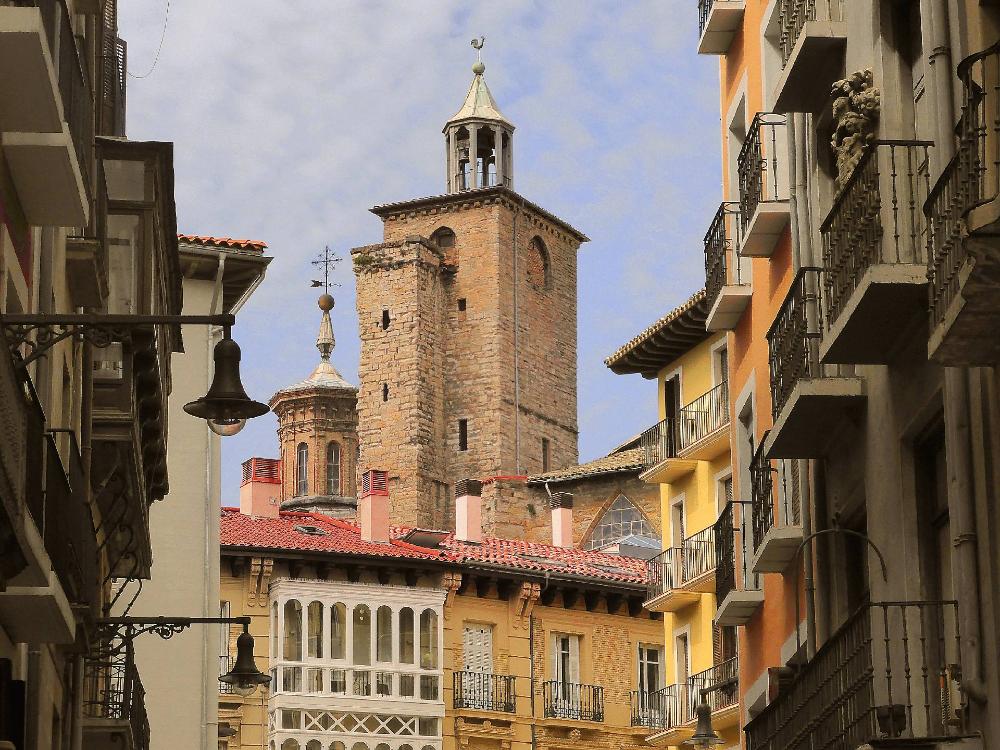
Borough of San Cernin
San Saturnino Church
Gothic building with a striking doorway and a spacious interior nave. Its most distinctive elements are the porticoed atrium, and its weathervane, known as the gallico de San Cernin, a true emblem of the city. With regards to Saturnino, as well as being the patron saint of Pamplona, he was also responsible for Evangelising the pagan lands of Navarre. It is said that he baptised around 50,000 people, including San Fermín himself, with water from a font next to the door. This explains the plaque on the floor paying homage to the pocico (little font).
More information about the church -

Borough of San Nicolás
San Nicolás Church
This 12th century church acted as a protective stronghold for the inhabitants of the former Borough of San Nicolás. Its thick walls and watch towers are proof of its former use. But do not be fooled; its interior is a delicate example of Gothic architecture. If you visit the church, you will see it is located between a plaza and one of the busiest shopping streets in the city.
More information about the church -

Way of St James Interpretation Centre
Ultreia
Another interesting part of Pamplona's historical city centre.
In Calle Mayor, along the Way of St James route, you can delve into the history of the Way at this interpretation centre. Audiovisual projections and audio guides will help you understand the great influence that the Way of St James has had upon Navarre.
More information about the Ultreia Center -

An old classic
Santo Domingo Market
Take a walk around and look at the variety of vegetables, meats, sweet treats and dairy products on offer at the oldest market in Pamplona. Not forgetting the cod and offal stalls, which are so typical of this region.
Now you’re already here, why not pick up a couple of souvenirs? A tin of asparagus, a jar of piquillo peppers, a box of chandríos, a bottle of patxaran...
When you get home these flavours will take you right back to Pamplona.
-
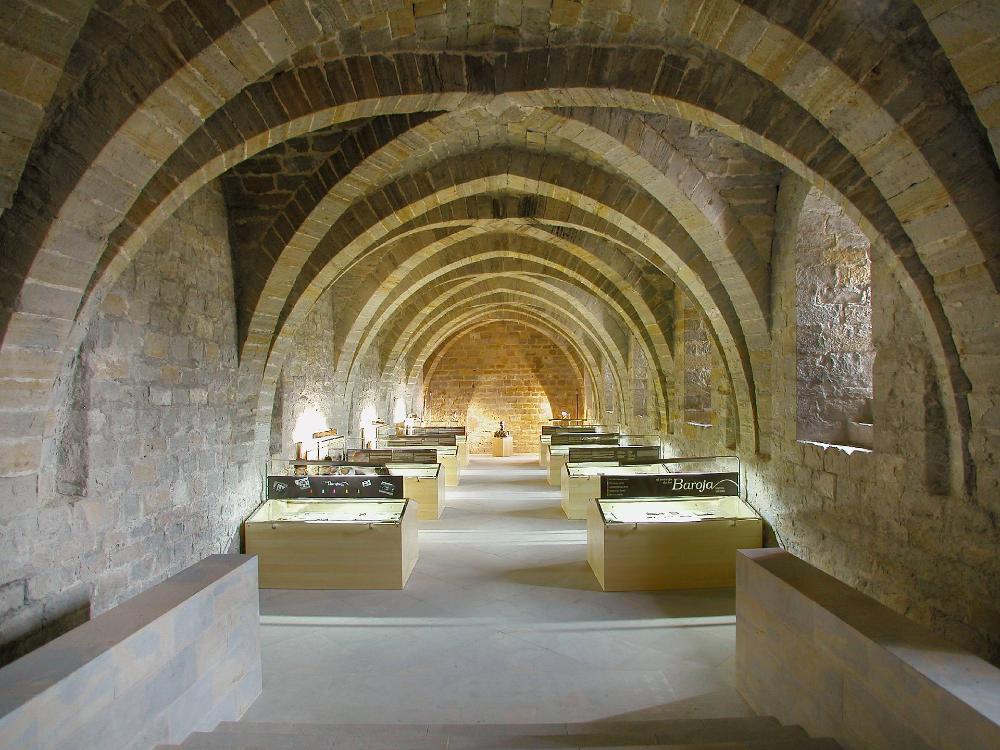
The past and present come together
Royal Palace and General Archive of Navarre
Former residence of the royal family, it owes its current appearance to the remodelling performed by the architect, Rafael Moneo. The result is a harmonious combination of the original façade and elements of modern architecture.
Ah! Don’t forget to take a look at the model of Pamplona from 1900 to see what the walled ensemble used to be like before it was demolished.
More information about the Royal Palace -

Museum of the Violinist Pablo Sarasate
As couldn't be otherwise, this museum, which is located in the historical Palace of Condestable, the only example of 16th century civil architecture in the city and just a step away from the church of San Saturnino, pays tribute to Pablo Sarastate, the Pamplona-born violinist and composer.
The building, fitted out as a civic centre, is the location for a whole range of cultural activities.
It also houses an exhibition with the personal belongings of the musician and audiovisual tools that allow visitors to discover all about the life of the great master.
More information about the museum of Sarasate
Santa María Cathedral
Do not be fooled by the austere Neoclassical style façade, because inside you will marvel at the Spanish Gothic works. Inside is a great central nave containing extremely important artistic works such as the alabaster mausoleum of Charles III and his wide, Leonor I de Castilla, next to the altar.
We recommend the guided tour, but if you want to make your own way around, don’t forget to visit these gems:
-
Gothic cloister: if there is one thing that stands out upon entering this monument, it is the cloister, acknowledged as one of the finest in Europe in its style. Observe its delicate arches and two incredible doors: puerta Preciosa and puerta del Amparo.
-
Visit to the tower and bell: here you are privileged to unique views over the city.
-
Occidens Exhibition: awarded in New York with the Prize for Best Exhibition in the World, this is a trip through history and the development of western culture, with the aim of encouraging reflection and encounter. The exquisite selection of pieces and its central theme (What is the West?), make this exhibition an essential visit for those who love culture.
-
Children’s Cathedral: ten panels positioned at a child’s height revel various liturgical and artistic elements that can be found in the cathedral. Each features a tiny bell that children have to find. Guaranteed to keep them entertained.
To know whereabouts you are and what's cooking
Use a city street map to explore Pamplona and download the leaflet with the times of everything you can visit.
.jpg)
The San Fermín Route
The route of the bull run
The starting point is at the stables on the Santo Domingo hill, where the bulls sleep on the eve of the run. Close by is the niche holding the image of the Saint, where “A San Fermín pedimos...” is sung. We are sure this song sounds familiar and reminds you of the tension of the mozos in the build-up to the run.
The next point is the Plaza Consistorial, where the City Hall is located, the street that reaches the curva de Mercaderes corner, often causing the bulls to skid, resulting in many nail-biting moments.
Next comes the legendary Calle Estafeta, which has a year-round atmosphere thanks to the many bars and traditional local businesses. Finally, the dangerous narrow street - callejón - the spot that can cause a pile up of mozos at the entrance to the Plaza de Toros (Bull Ring.)
If you want to complement the San Fermín Route, we recommend:

¡Viva San Fermín!
In Navarre and around the world, we count down the days until we can celebrate our beloved festival with more emotion, joy and hospitality than ever.
Guided tour of Pamplona
A guided tour is the best way of maximising your time and truly getting to know the city, so relax and follow our expert guides, who know Pamplona like the back of their hand.
You can choose general visits, which include the city’s historical centre and monuments. Then there are more specific tours, covering the city walls, San Fermín, pelota, the Way of St James or gastronomy. Some are humorous, whilst others are designed especially for children.
All you have to do is decide which part of Pamplona you are most interested in and find a tour just for you.
See all toursAre you coming for some pintxos?
Lunchtime
We know that after a busy morning or afternoon of trekking round the city, you are bound to feel a little peckish. If you happen to be in the city centre of Pamplona, you are in luck! Here you will find a long list of restaurants which worship local produce almost as much as San Fermín himself!
Another alternative for lunch, or an option before you sit down to eat, is to try out some pintxos in the Historical City Centre of Pamplona. Some would say this is a compulsory exercise. Pintxos are a Navarrese classic which never go out of fashion. Tasty bites of tradition or haut-cuisine in miniature. Your choice.
We cannot forget the fritos (bite-sized fried food), which are just as traditional as pintxos, and include the delicious egg, pepper or squid varieties. They are a vice, and you cannot leave without trying them.
Where to go? If you are in the centre, take a walk down the most famous streets in Pamplona: Estafeta, San Nicolás, Comedias or Mercaderes, where you will be spoilt for options and atmosphere. Another place packed with flavour is the Plaza del Castillo, where as well as pintxos, you can find mouth-watering menus to try.
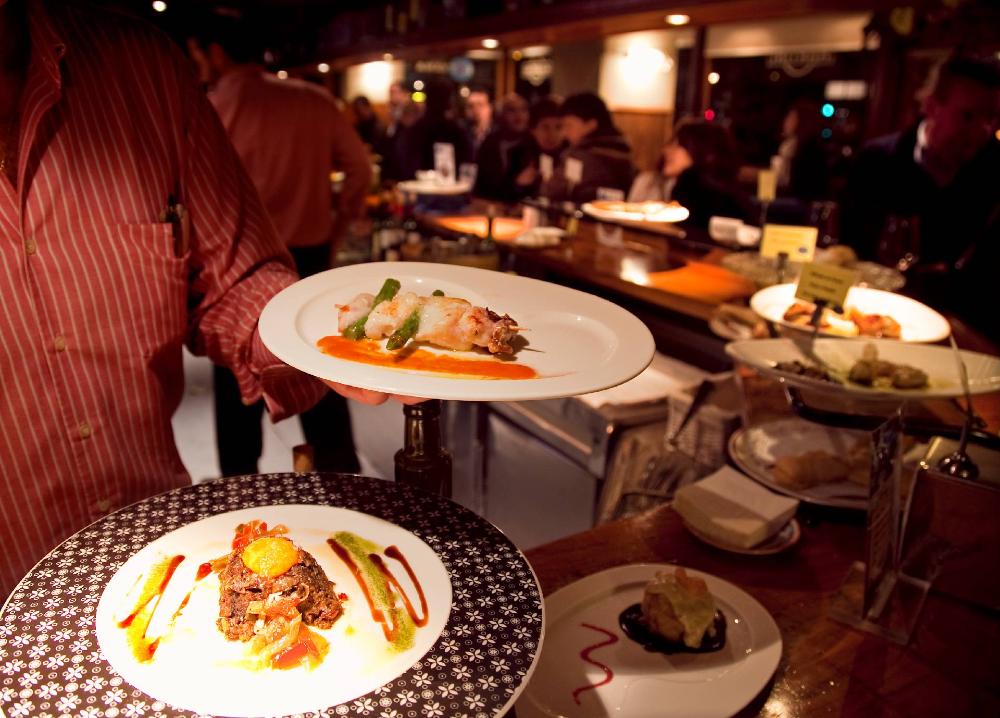.jpg)
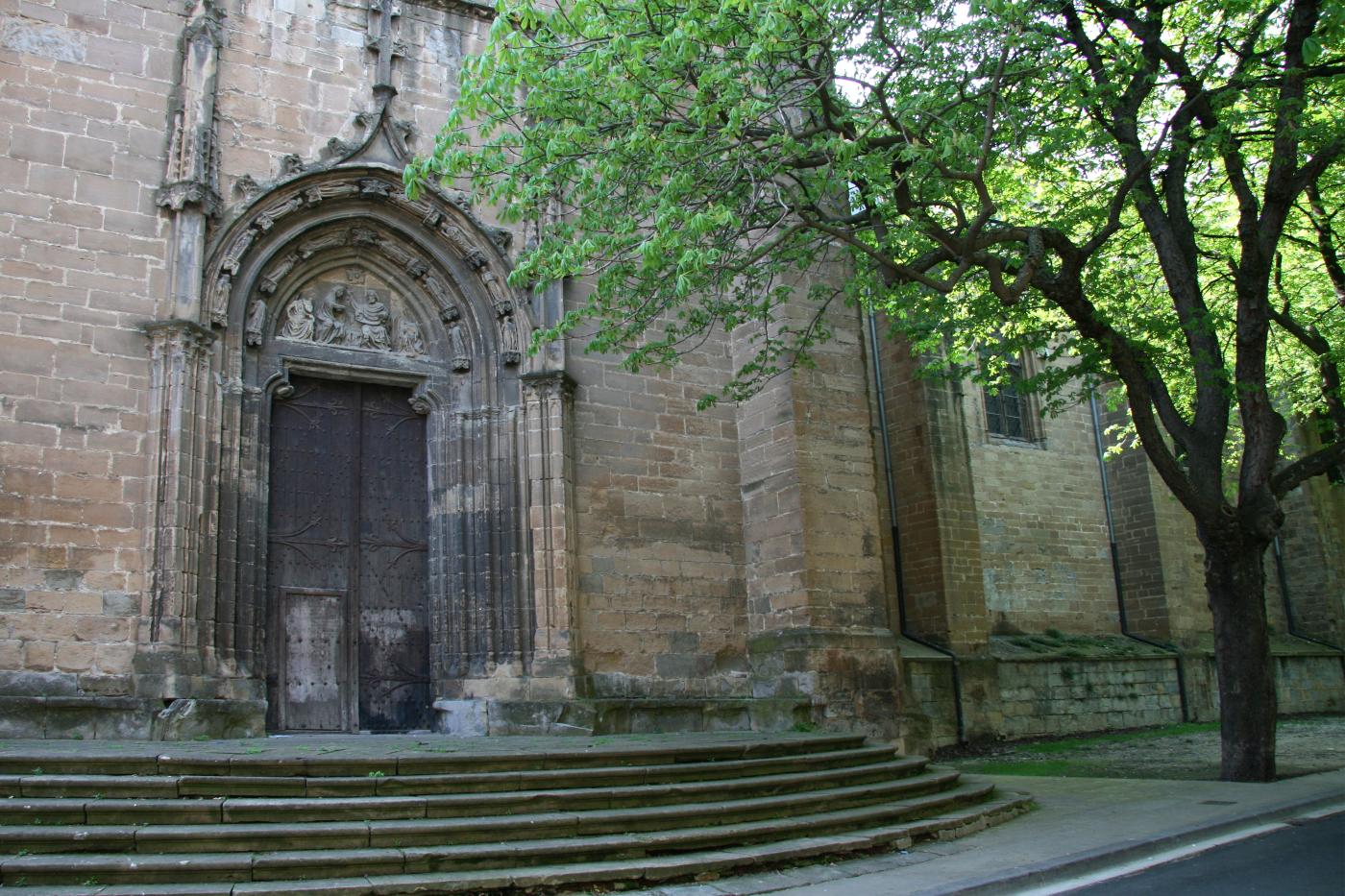
Sleeping in Pamplona
You haven’t stopped all day, we know, because this city draws you in before you have even realised. But still, you need to rest so you can explore the city and other parts of the Kingdom in the morning.
Plaza del Castillo
The hub of the city and favourite spot for most Pamplona locals, this plaza marks the transition from the historical city centre to a more modern space. Let’s just say this is like our living room, the meeting point for families and friends before we go out.
Porticoed, colourful, with its bandstand, surrounded by elegant aristocratic buildings, it is also home to legendary establishments such as the La Perla Hotel, or Café Iruña, over 100 years old, and both old haunts of Hemingway back in the day. Here you can encounter concerts, markets, and all kinds of cultural representations.
The offer available in bars and restaurants is extremely varied, and you will find it hard to refuse trying some pintxos or a menu of the day on a terrace. Be warned, if you sit down in any of them you run the risk of not wanting to leave in a long time. Observing the beating heart of the city from here is a true pleasure.
Now you know, a trip to this plaza is a must. You will like it.
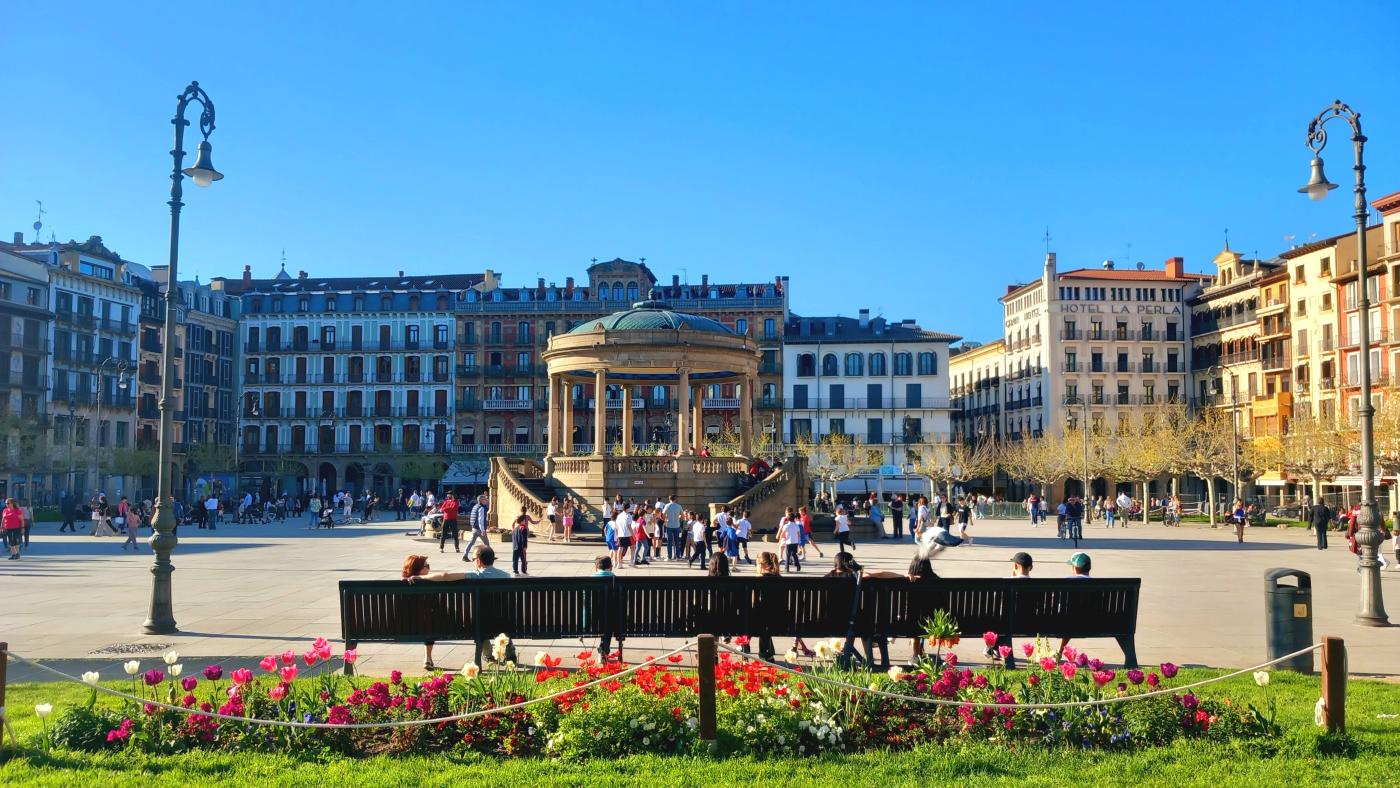
Pamplona City Walls, a Renaissance gem
It's no big deal for a city to have some vestiges of its ramparts. However, it is not so common for these walls to be in impeccable condition and to cover 5 kilometres. Imagine all the battles and sieges that have taken place here since the 16th century when Pamplona became an outpost of the crown of Castile againts France.
It comes as no surprise, therefore, that they have been declared a National Monument and an Asset of Cultural Interest.
The best part is you can walk along them and enjoy the beautiful places and panoramic views on the route, which skirts around the Historical City Centre and the Taconera Gardens. The route reaches the Citadel, which is an icon of the city. If you are too short on time to cover the entire circuit, here is our suggestion so you can squeeze in some of the most spectacular places.
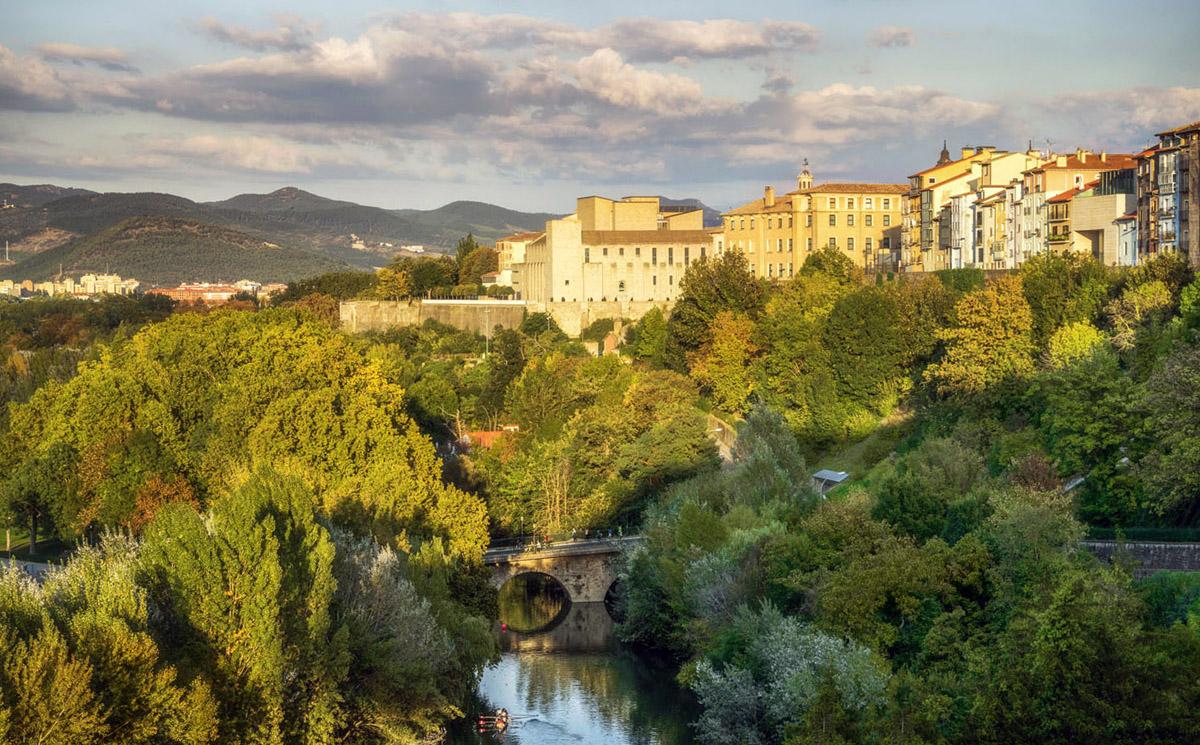.jpg)
-
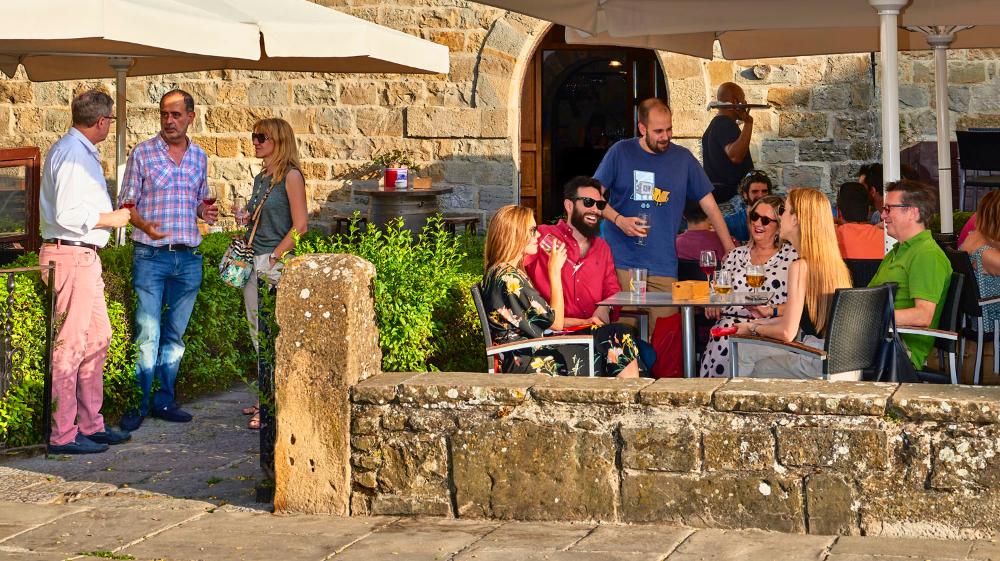
Redin Stronghold
Rincón del Caballo Blanco
One of the most unique spots in Pamplona and, we feel, a must-see viewpoint over the city. Not only because its architectonic ensemble is spectacular - you're going to love the house with the levated passageway - but also because the view from the balcony is simply breath-taking. You will doubtlessly see some pilgrims wearing their backpacks crossing the Portal de Francia gateway.
Ah! There is also a pleasant terrace where you can enjoy a drink, the atmosphere and the landscape.
-
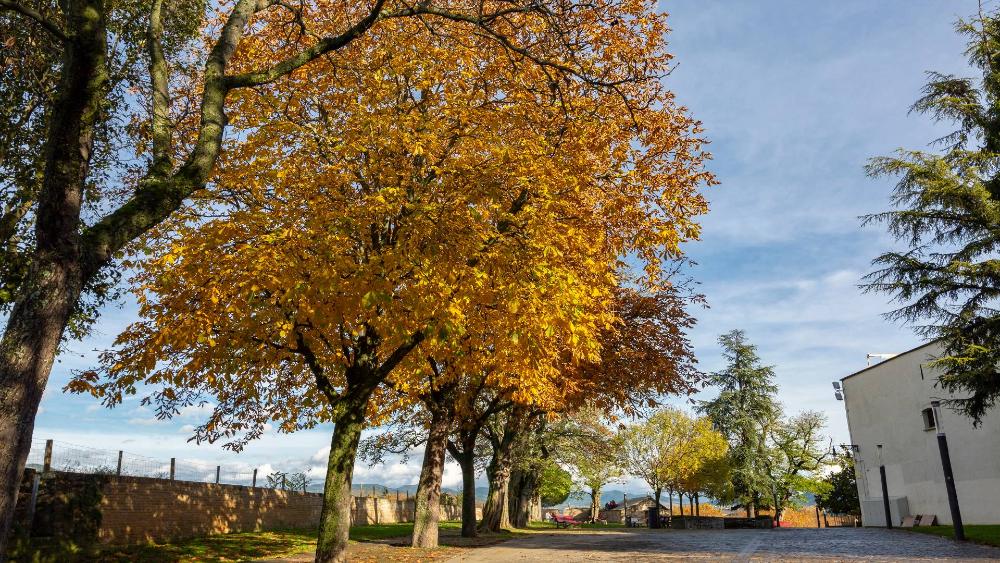
Paseo de Ronda all the way to the Taconera park and the Citadel.
The city walls walk continues past the Portal de Francia gateway, to reach the Royal Palace and General Archive of Navarre. Further along, after crossing the Santo Domingo hill, you will re-join the route next to the Museum of Navarre. Shortly afterwards you will reach the Portal Nuevo, one of the most spectacular gateways into Pamplona, which will take you up to the French-style Taconera gardens. A little further on, as the grand finale to the route, you reach another must-see part of Pamplona - the Renascence Citadel.
Pamplona’s parks and gardens
Raring to find out if the rumours you have heard about Pamplona being a green city are true? We have it all: lawned fortresses, a mini zoo, romantic gardens, even a Japanese park. To discover that we even have the countryside in the heart of the city, read on to see just how green we are.
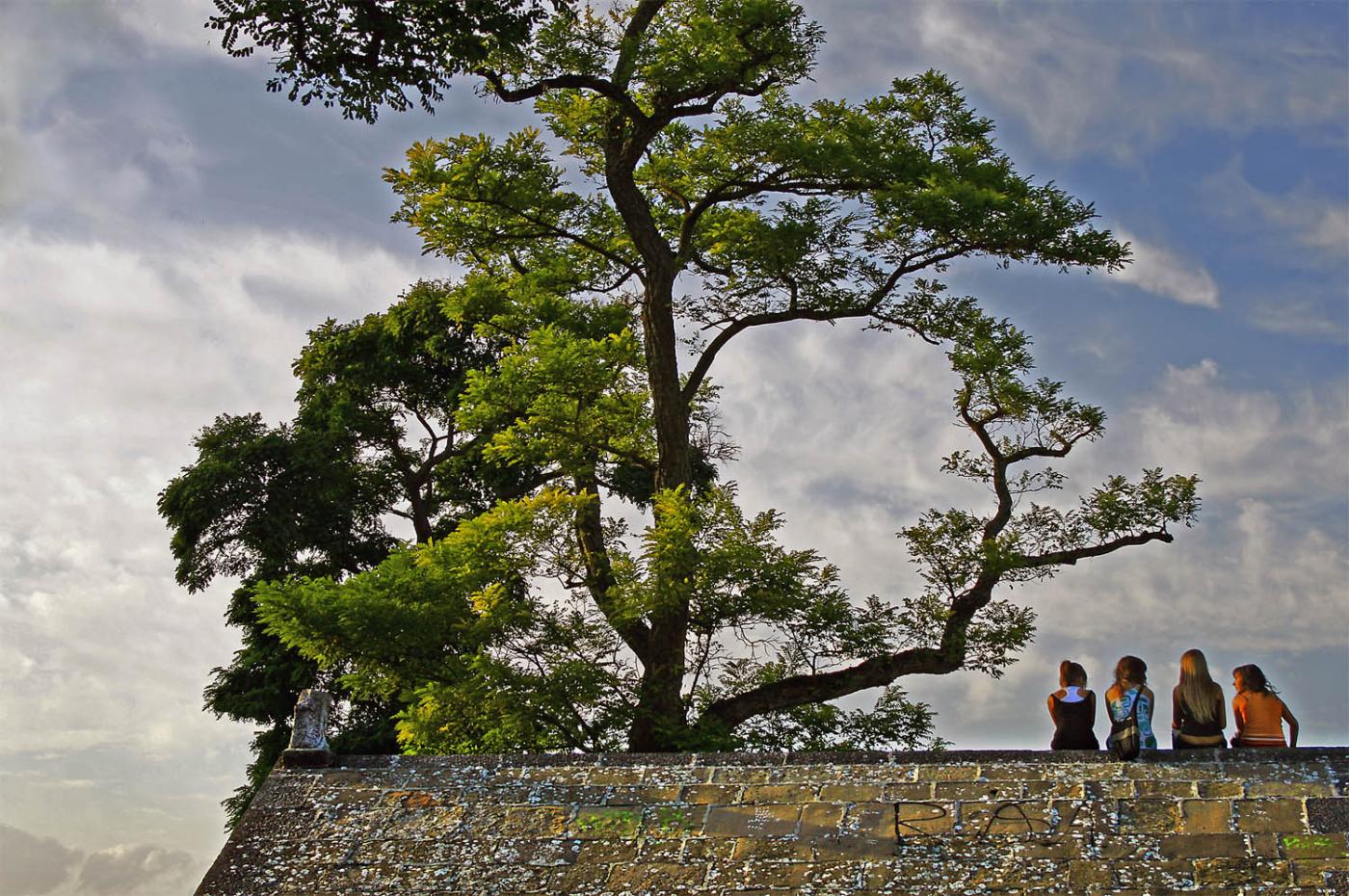
-

Citadel, the fortressed green lung
You will spot athletes, families, couples... All kinds of people walking, playing, sitting and chatting, or visiting the exhibitions inside. With the fine weather approaching, the cultural programme is full to bursting, and the gardens fill with life. Moats, bulwarks, ravelins, and a green zone covering over 280,000 square metres. All this makes this garden - which was initially in the shape of a star - an enormous defence complex, declared Cultural Heritage of the European Union.
More information about the Citadel Park -
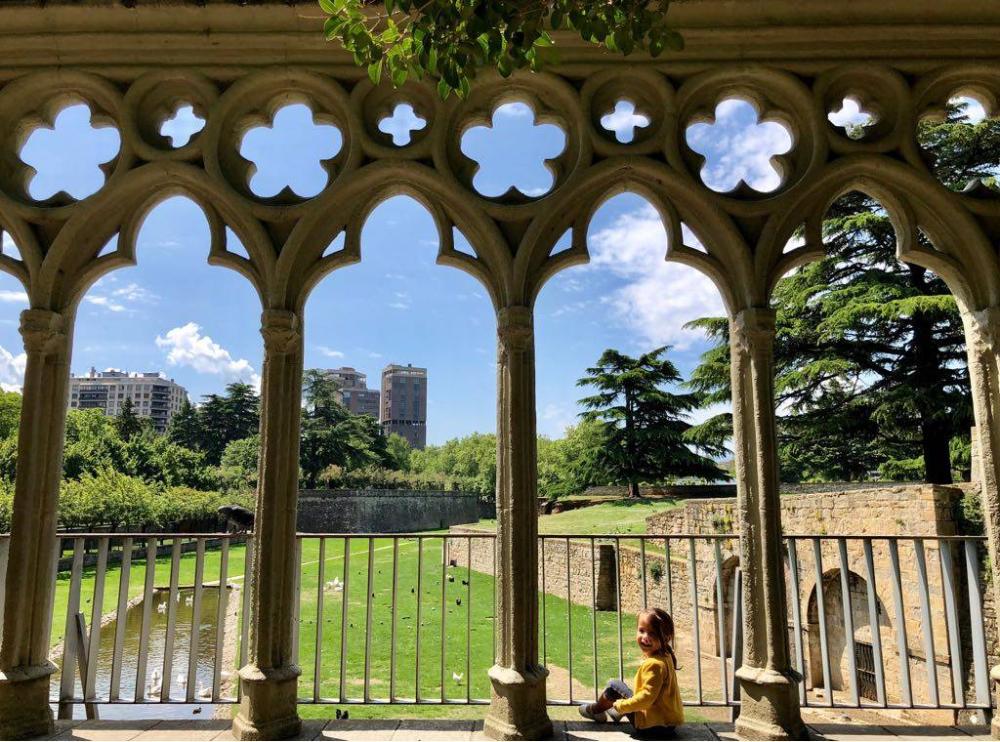
Taconera Gardens
You can reach this romantic, Versailles-style garden along the City Walls walk, or from the adjoining Historical City Centre. Like many gardens, it features a large number of trees, flowers and sculptures. What makes this one special, however, is the miniature zoo located in its moats, home to deer, ducks, pheasants, swans and peacocks, living in semi-freedom.
You can follow the route inside the park, and if you fancy some sweet refreshments, make sure to call in to the quaint Café Vienés.
-
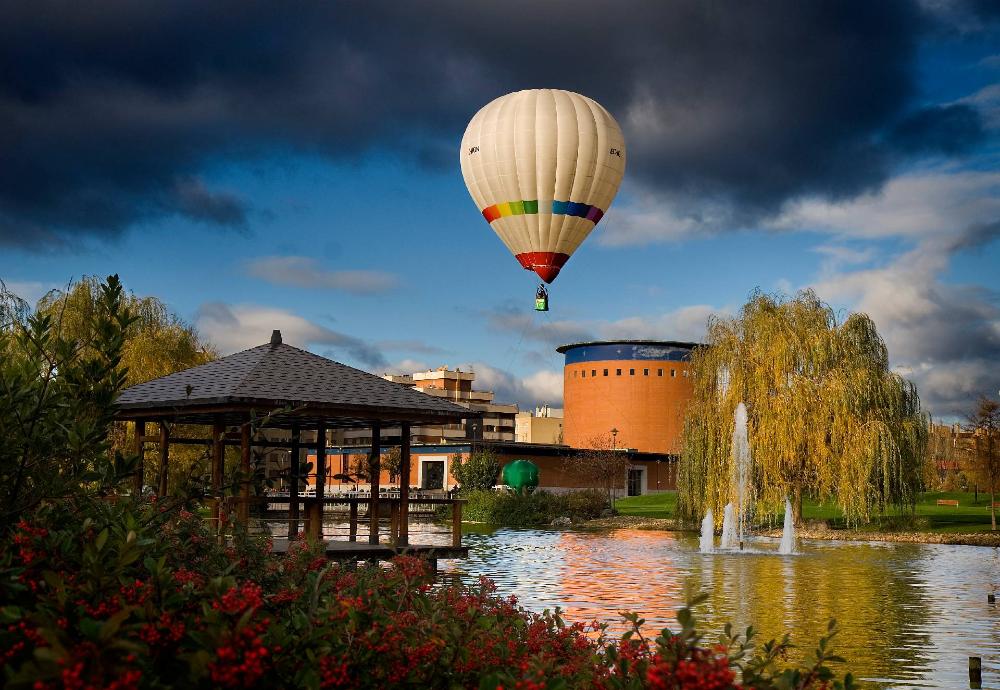
Yamaguchi Park
Large oriental garden that pays homage to the four seasons and to the Japanese city of Yamaguchi, twinned with Pamplona. This art combines plants, trees, shelters, bridges and waterfalls. You will also feel the buzzing atmosphere on the terraces in the square.
-

Media Luna Park, melancholic beauty
This half-moon shaped park is very close to the Plaza de Toros and is outstanding for its romantic and bucolic style.
Fishponds, fountains, sculptures, children’s play areas and a pretty café where you can stop for refreshments. Not forgetting the views, because the viewpoint over the river Arga and the Pamplona allotments is truly spectacular.
A piece of the countryside in the heart of the city
River Arga riverside park
Perfect if you need a quick break from the bustle of the city during your stay, and retreat to nature to enjoy walking, running or cycling.
Here you have 12 km of route which follows the river, passing by extremely varied landscapes along the way: medieval bridges, dams, mills, piers, picnic areas, allotments... The best part of it all is that you are still right next to the historical city centre. Just 5 minutes from the City Hall.
If the stretch in Pamplona is too short for you, you can continue for a further 10 km to the north-east of the city (towards Sorauren), or towards Cizur Menor (to the south-west).
See the whole route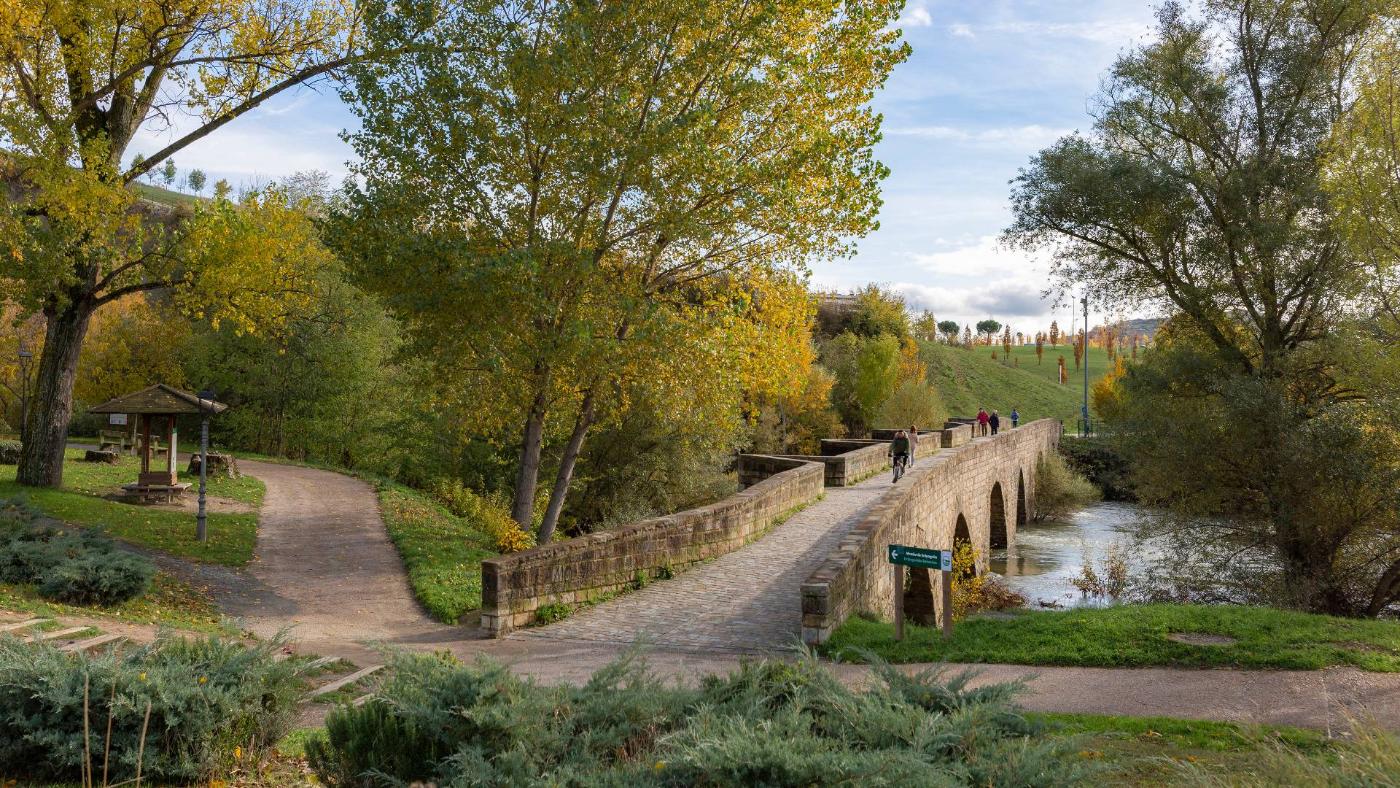
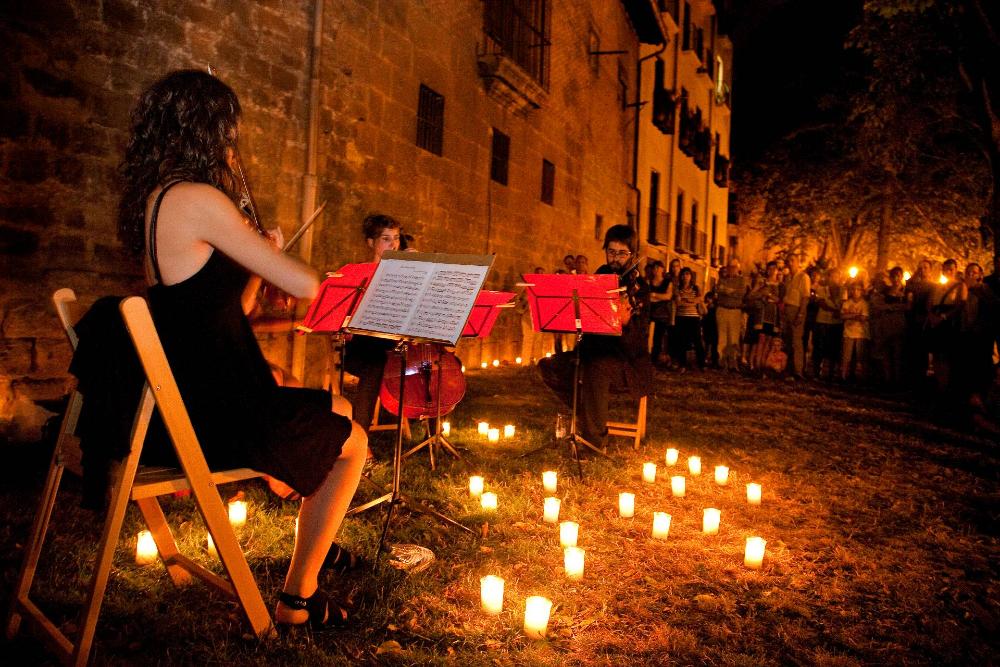
Agenda and leisure
The city’s offer is as broad as it is varied. So, depending on how you like to spend your free time, the choice is yours. Are you a theatregoer, a fan of shows, or do you prefer outdoor options?
If you love classical or alternative theatre, dance, major pop or rock music concerts, themed festivals and even children’s shows, we recommend checking out the programme for large spaces, where cultural events are held:
-
Gayarre Theatre, a beautiful classic theatre right in the heart of the city.
-
The modern Baluarte Congress Centre and Auditorium of Navarre, next to the Citadel.
-
Navarra Arena, located in the outskirts of the city, with a select range of cultural events.
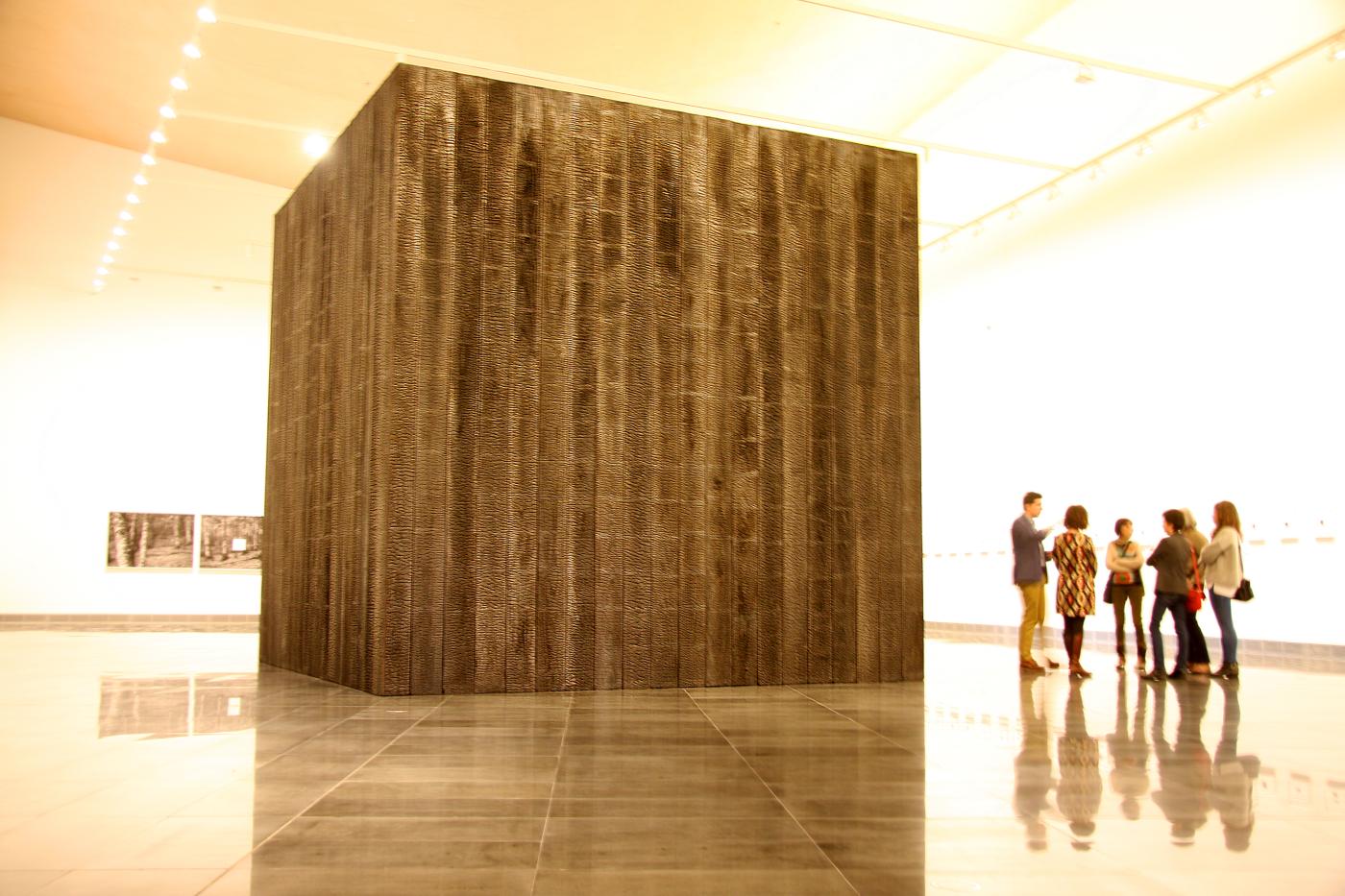
MUN and the Jorge Oteiza Museum
If you are passionate about culture, you must visit these two museums, despite being a little further out of the centre. If you are a fan of modern art, you will be captivated.
-
University of Navarre Museum (MUN): the building with an ethereal feel is the work of Rafael Moneo. The permanent exhibition presents works by Picasso, Kandinsky and Chillida, among others, and offers an exclusive restaurant service and a small auditorium with a wide range of shows.
-
Jorge Oteiza Museum: located in the small town of Alzuza, some 8 km from Pamplona. The rural landscape, the unique building, and the sensitivity of the collection come together to form a majestic trio.
For all tastes and budgets
Shopping in Pamplona
Are you looking for a souvenir to take home or give to someone? There are two shopping areas:
-
The Historical City Centre: here you will find antiques, book shops, design stores, vintage stores, as well as traditional souvenir shops selling typical Navarrese and artisan produce, such as txapelas, pañuelicos or wineskins. Not forgetting the delicatessen shops and grocery markets, where local cheeses, cold cuts (txistorra and relleno de Pamplona) and wine are some of the best sellers. We are sure your friends and family would love you to bring them back a couple to try!
-
El Ensanche: the city’s shopping zone. If you love shopping, head over to the main street in Pamplona - Avenida de Carlos III el Noble - which runs from the Plaza del Castillo right to the Plaza de la Libertad. A whole kilometre of pedestrianised street lined with mix of aristocratic and more modest buildings, which along with the neighbouring streets, bring together over 800 shops of all kinds, filling the city with life.




